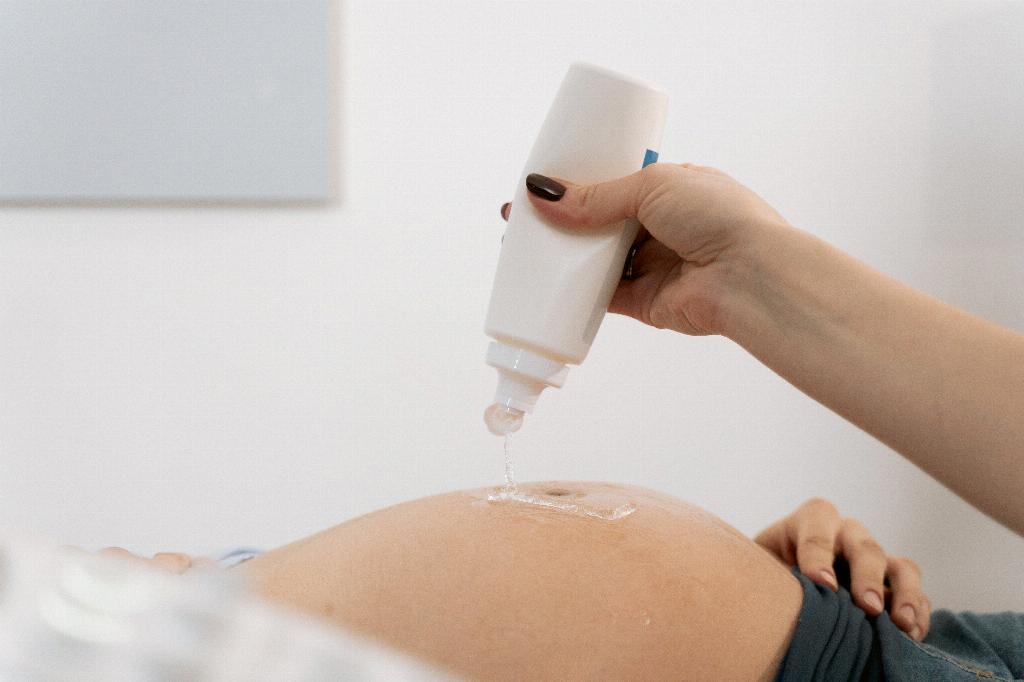When it comes to detecting pregnancy early on, timing is crucial. Most home pregnancy tests on the market rely on detecting the hormone human chorionic gonadotropin (HCG) in urine. This hormone is produced by the placenta shortly after a fertilized egg attaches to the uterine lining. The sensitivity of a pregnancy test determines how soon it can detect pregnancy, with some tests being more sensitive than others.
How Early Can You Take a Pregnancy Test?
Typically, pregnancy tests can detect HCG in urine about 10 days after conception. This timeline can vary among individuals, but the general rule of thumb is to wait until after you have missed your period for the most accurate results. The reason behind this is that a missed period usually occurs about 14 days after conception, making it a more reliable marker for testing.
Reducing the Chance of False-Negative Results
If you choose to take a pregnancy test before missing your period, there is a possibility of receiving a false-negative result. This can occur because the levels of HCG in your urine may not be high enough to be detected by the test. Waiting until after you have missed your period can significantly reduce the chances of a false-negative result and provide more reliable outcomes.
Importance of Following Instructions
Regardless of when you choose to take a pregnancy test, it is essential to follow the instructions provided with the test carefully. Using the test incorrectly can impact its accuracy and lead to misleading results. Make sure to read the instructions thoroughly and adhere to the recommended timing for the most reliable outcome.
Factors Affecting Test Sensitivity
Several factors can influence the sensitivity of a pregnancy test, including the brand, type, and quality of the test. Some tests are more sensitive and can detect lower levels of HCG in the urine, allowing for earlier detection of pregnancy. Knowing the sensitivity of the test you are using can help you understand when it is most effective to take the test.
Understanding False-Positive Results
On the other end of the spectrum, false-positive results can also occur with pregnancy tests. Factors such as certain medications, medical conditions, or even an improper test administration can lead to false-positive results. If you receive a positive result, it is recommended to confirm it with a healthcare provider for further evaluation.
Consulting a Healthcare Provider
If you suspect you may be pregnant but are unsure about the results of a home pregnancy test, consulting a healthcare provider can provide clarity. Healthcare professionals can perform more sensitive tests and offer guidance on next steps based on your individual circumstances.
Emotional Impact of Pregnancy Testing
Waiting for the results of a pregnancy test can be a stressful and emotional experience for many individuals. It is normal to feel a range of emotions, including anxiety, excitement, or fear. Having support from loved ones or seeking guidance from a healthcare provider can help navigate this emotional journey.
Considering Additional Symptoms
While pregnancy tests are a valuable tool for detecting pregnancy, they should be used in conjunction with other signs and symptoms. Paying attention to changes in your body, such as breast tenderness, fatigue, or nausea, can provide additional clues about your pregnancy status and warrant further investigation.
Timing for Taking Multiple Tests
If you receive a negative result on a pregnancy test but still suspect you may be pregnant, you can consider taking another test a few days later. Waiting a few days can allow HCG levels to rise if you are indeed pregnant, increasing the chances of detection on a subsequent test.
Conclusion
In conclusion, the earliest a pregnancy test can detect pregnancy is typically around 10 days after conception. However, for the most accurate results, it is advisable to wait until after you have missed your period to minimize the risk of false-negative outcomes. Understanding the factors that influence test sensitivity, following instructions carefully, and seeking guidance from healthcare professionals can help navigate the complexities of pregnancy testing with confidence.

